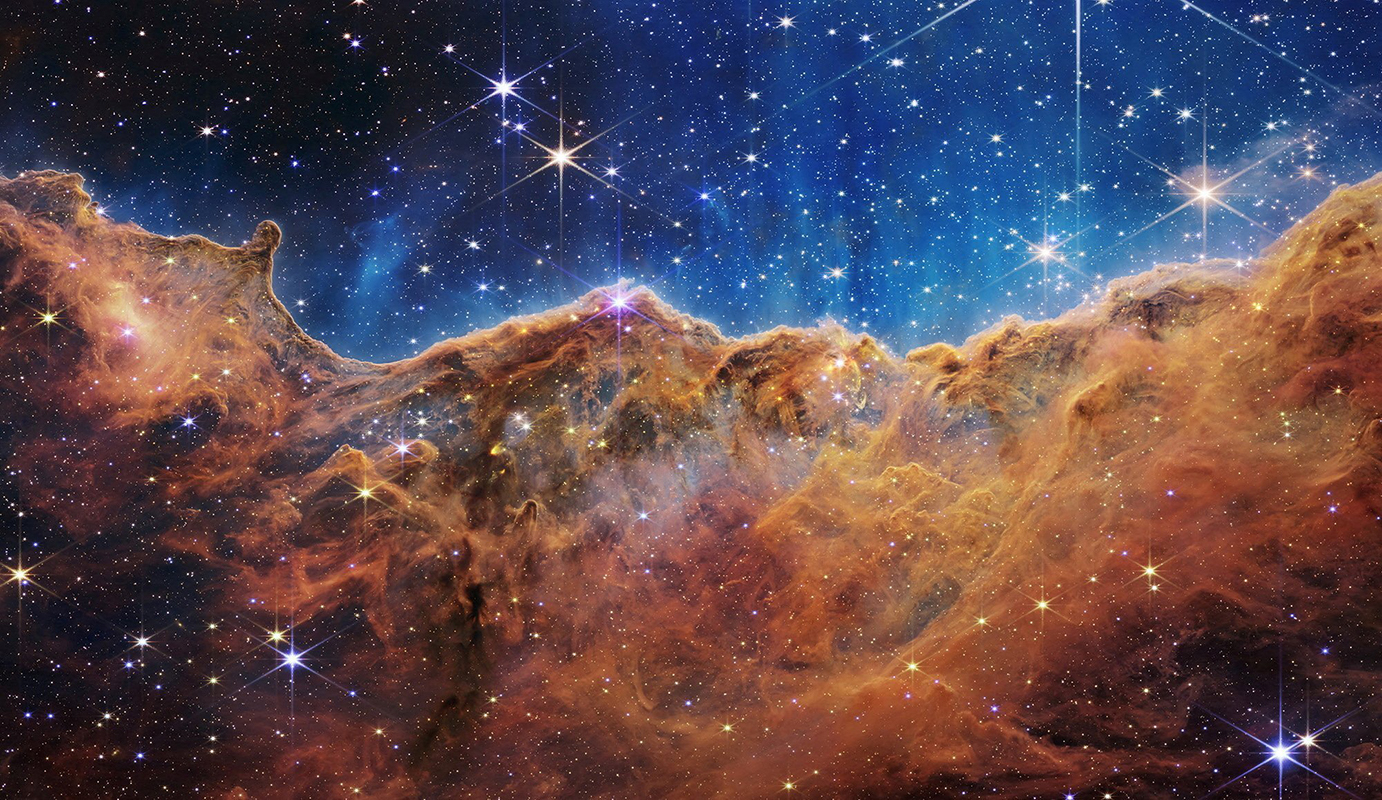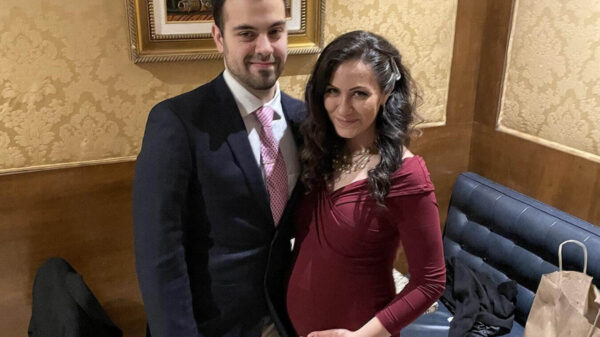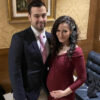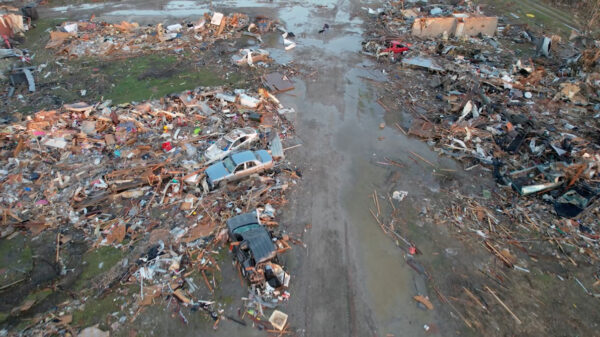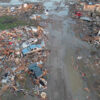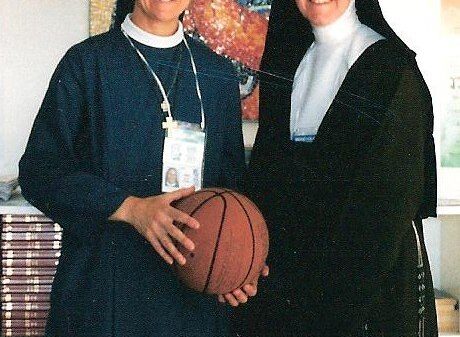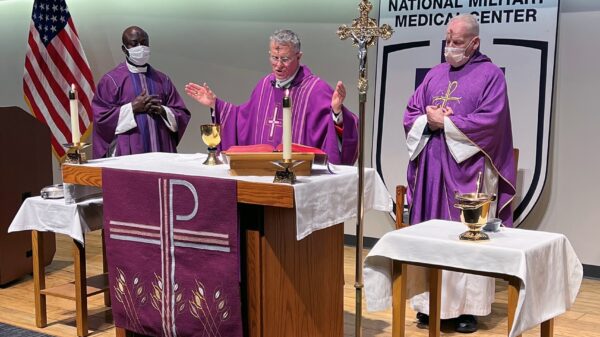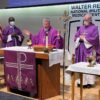(OSV News) — Robert Jastrow, the NASA astronomer, planetary physicist and popular author who decoded the complexities of space for a generation of Americans until his passing in 2008, told the witty tale of a scientist whose life was ruled by faith in the power of reason. Ultimately arriving at the highest peak in his quest to conquer the mountains of ignorance, the scientist scales the final summit — only to find himself “greeted by a band of theologians who have been sitting there for centuries.”
Jastrow’s punchline may still elicit a knowing laugh, but as the James Webb Space Telescope, NASA’s flagship infrared observatory launched on Christmas Day 2021, makes successively astounding discoveries, Catholics may wonder: Can science and theology converge to explain the origins of the universe, and has Webb revealed any clues to the cosmos’ divine design?
“The JWST results are fascinating,” Jesuit Brother Guy Consolmagno, director of the Vatican Observatory, told OSV News. “I am sure they will lead to improvements and refinements of the Big Bang theory — which, as you know,” he added, “was first proposed by the Belgian scientist and Catholic priest, Father Georges Lemaître.”
Father Georges Lemaître revealed his hypothesis — which was not yet dubbed “The Big Bang Theory” — in 1931. Briefly summarized, it’s the commonly accepted scientific account of how the universe began. A small, infinitely hot and dense ball of matter termed a “singularity” — after inflating and stretching — “exploded” outward at mind-boggling speed, indiscriminately strewing invisible, slow-moving particles in its wake. As everything cooled and condensed, stars were born, followed by the more complex structures of galaxies. Everything slowed over the next 13 billion-plus years to a rate scientists can measure — but it’s still expanding.
So what did the JWST find that might eventually require tweaking the Big Bang Theory? Just the possibility of six ancient and giant galaxies that shouldn’t exist the way apparently they do.
Most galaxies are, according to NASA, between 10 billion and 13.6 billion years old. When viewed through a telescope, they are actually pictures of the past — because observable light takes time to travel to where it can be seen. The six galaxies photographed by JWST appear as they did 500-700 million years after the Big Bang — but given what scientists know about how galaxies form, they’re much too big and much too dense for their age.
Social media reliably erupted into celebratory clamor, declaring that Webb had “broken the Big Bang.”
But Jonathan Lunine, a planetary scientist and physicist, professor at Cornell University, and a member of Webb’s Science Working Group, explained reports of the Big Bang’s death are greatly exaggerated.
“I think that’s premature,” Lunine told OSV News. He said that JWST’s most recent discovery is “a great example of how science is done. You have a new capability; you can see things that you couldn’t see before; you can find these very interesting objects — in this case, massive galaxies that appear to be there earlier in time than they really should be — but it’s a preliminary observation.”
Nonetheless, does this revelation — and those potentially to come — challenge faith-based explanations of the universe?
“Whatever the result is of these observations — or any astronomical observations — they don’t change the magnitude of the glory of God’s creation,” Lunine said. “They’re only part of the process by which we can come to understand and appreciate that creation.”
Brother Consolmagno agreed. “When God creates the universe from nothing, he is creating space and time itself — including the laws of physics that make something like the Big Bang possible,” the astronomer said. “We have no idea how God created space and time. Our science, however, can give us an ever-deeper picture of what happens within the space and time that God creates.”
One common popular misconception about God’s creation of the universe is that the universe requires a beginning in time — otherwise it doesn’t need a creator. But this belief is mistaken about what it actually means for God to create. As Lunine explained, “the question of whether the universe is finite in time or infinite in time doesn’t have a bearing on the question of whether the universe was created by a creator.”
“God is existence, and is not bound by that flow of time. The difficulty — where physics starts to bump up against metaphysical questions — arises because we are material, time-bound creatures,” he said.
God’s creation of the universe also is not a one-time event.
“Since God is outside of time, creating time,” Brother Consolmagno said, “that means God’s creation occurs at every time (and everywhere). God’s act of creation is more than just whatever happened 13.7 billion years ago. From our point of view, trapped in space and time, God is always in the act of creating the universe — ‘maintaining the universe.'”
While the creation described in Genesis is not a literal depiction of the Big Bang, Brother Consolmagno affirmed “the fact that God is responsible for the existence of the universe is as true now as it was when Genesis was written — even as our understanding of the science is very different now.”
Scientific advances, such as from the JWST, also can be a spiritual witness, explained Christopher Shingledecker, professor of physics and astronomy at Benedictine College in Atchison, Kansas.
“These discoveries can have a profound evangelizing effect on young people,” Shingledecker noted. “For one, they highlight the significant Catholic contributions to science, particularly astronomy — the major Catholic contribution to astronomy being the calendar we use every day. They also highlight the rationality of the universe, which reflects the rationality of God. Finally, the modern rediscovery that our universe had a beginning represents a scientific finding that points beyond itself to God.”
Brother Consolmagno said he hopes science continues “to increase our knowledge of the universe, just as I hope to never stop growing in my knowledge of God.”
“I am sure we’ll be asking very different questions about how the universe works,” thousands of years from now, he said. “But underneath it all is the loving act of a God who willed that time and space exist, and who found it good.”
Kimberley Heatherington writes for OSV News from Virginia.






























